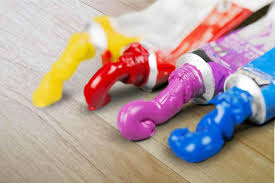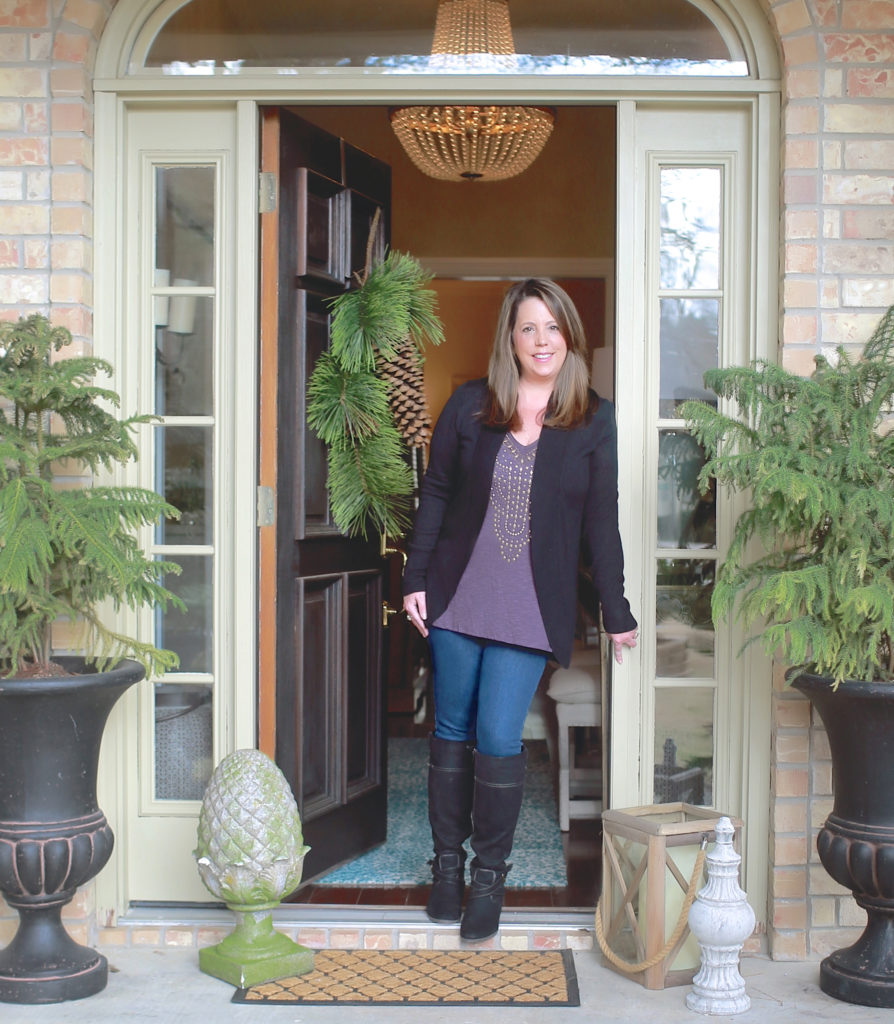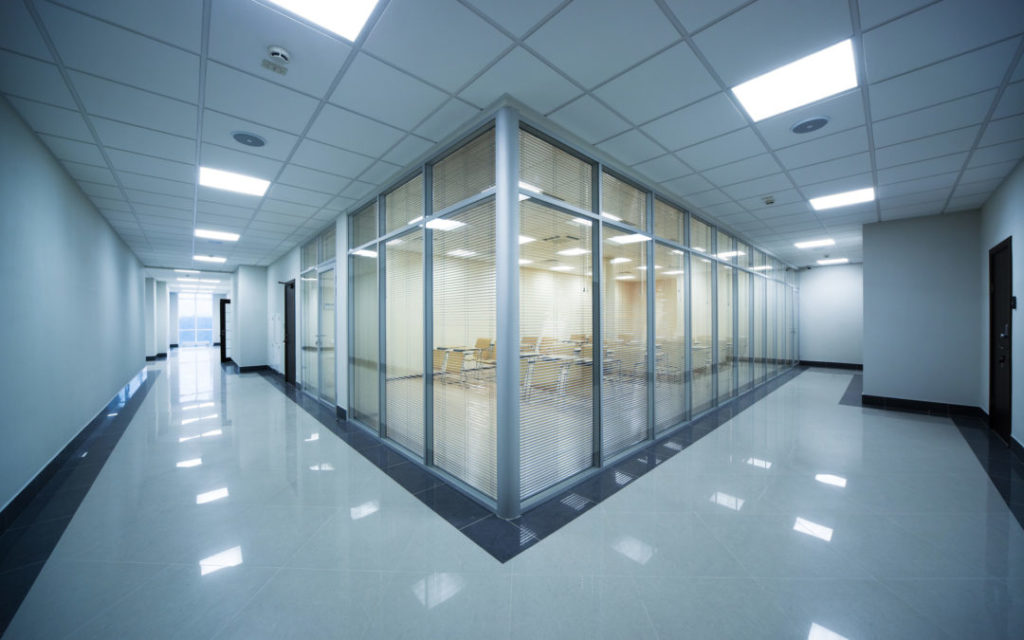Factors Prospective Buyers Consider While Evaluating Residential Painting In The Market
Common Problems With Acrylic Paint
Do you know how to revive old acrylic paint? Do you know when acrylic paint goes bad? If you’re new to the medium, you might be unsure how to handle some common acrylic paint problems. This acrylic paint guide will sort through some common complaints and give you some tips and tricks so that you can get back to painting.
The Paint May Have Gone Bad
Sometimes acrylic paint will dry out or separate in the tube. This malfunction doesn’t necessarily mean the acrylics have gone bad to the point where it’s no longer usable. Temperature changes can change the consistency of the paint, but acrylic paint usually becomes unusable due to mold growth.
The easiest way to determine if acrylic paint has gone bad is to smell it. Expired acrylic paint will tend to have a sour, aged smell that could be the result of excess moisture where the paint was stored. The shelf life of acrylic paint is anywhere from 2 to 5 years if the tube has been opened and upwards of 10+ years if the container is sealed.
What to Do With Old Paint
Some people decide to use old acrylic paint. However, if the acrylic paint has developed a pungent smell similar to spoiled milk, your best bet is to toss the paint and start over.
The Paint Has Dried Up
Acrylic paint has dried up when the paint is stiff, thick, lumpy, and won’t come out of the tube easily.
How to Fix Lumpy Paint
Usually, you can revive the lumpy acrylic paint if you can still get the paint out the tube. Since acrylics are water-based, you can add water and mix it into the paint using a palette knife until you develop a better consistency. Be sure not to mix in too much water, which could compromise the paint coverage and color. Too much water could also cause your paint to lift off the canvas once it’s dried.
Also, water becomes ineffective if the acrylic paint is rock hard. In this case, you can try to rework the paint with a clear acrylic base. To prevent the paint from drying in the first place,
The Paint Has Separated in the Tube
If you squeeze acrylic paint, and you find a tube of thick paint surrounded by a puddle of almost-clear liquid, then the paint has separated. In this instance, the pigment and binder are no longer adequately mixed. This paint separation is not necessarily something you’ve caused; it could be due to a manufacturer error or cheap paint.
How to Revive Separated Acrylic Paint
You can revive separated acrylic paint by mixing the pigment and binder back together with a palette knife. You could also return the paint to the store for a replacement.
The Paint Dries Too Fast
Most acrylic paint is designed to dry rapidly. However, sometimes the acrylic paint dries on the palette before you’ve had a chance to get it on the canvas.
How to Prolong Acrylic Paint Dry Time
Try to eliminate any drafts where you’re painting by closing a window or turning off a fan. If you are painting outside on a windy day or hot, consider going inside. Also, keep a spray bottle on hand and gently mist down the canvas and palette every so often to keep things moist longer. Some people also add paint retarder to their paint. However, make sure you don’t use too much or your paint might never dry.

Tips for Keeping Water-based Paint Thin
Avoid Leaving the Paint Can Open
One of the easiest ways to avoid the thickening of your water-based paint is to simply close the lid on the can when you finish pouring paint into a bucket or roller pan. Leaving the lid off of the paint can too long does allow moisture to evaporate from the paint, which will, in turn, make it thicker. So, as soon as you pour your paint, close the paint can.
Tip: Also, a slight covering of water on the surface of the paint is great for keeping the paint from thickening too much as you let it sit. Pour a small amount of water very slowly on top of the paint in the can. If you pour it in too fast, it will just mix with the paint.
Keep Stirring
If you’ve been unable to prevent your paint from getting thick, it will take some work to make it usable again. Fortunately, it’s not hard work.
When allowed to sit for a long time, latex paint will decant, with the heavier particles settling to the bottom. Before trying to thin the paint, stir, stir, and then stir some more. The more you stir your water-based paint, the smoother it will become. If you have a drill, consider purchasing a paint mixer extension to make the process easier and more efficient. The electric drill stirring rod is very sharp. Insert or remove the stirring attachment with the electric drill unplugged.
When stirring your paint, keep in mind that stirring the paint for only a minute or so usually won’t mix the paint well. If you’re stirring the paint by hand, stir the paint continuously for at least five or 10 minutes.
Tip: Also, when using more than one gallon of custom color, you should pour the paint back and forth repeatedly to mix the paints. This is called ‘boxing’ the paint and it will make your color more consistent between cans since custom colors are known to vary slightly with each mix.
Use Water to Thin Water-Based Paint
If stirring isn’t enough and you do need to add liquid to your water-based paint to thin it out, try using water before adding anything else.
Add an ounce or two of water to the can and then thoroughly stir. Continue to add water in small increments until the desired consistency is achieved. If you add too much water at the start, you will find that a lot of time will be needed to thoroughly mix the paint, so remember, add a little, then stir a little. Continue the process until the paint consistency is just right.

Can you wait too long between coats of paint?
Yes you can wait to long, if you leave it for too long the paint can get weathered when painting outside and the paint can breakdown. it is advised to wait no more then a month between coats at a max. Because if you leave it any longer it may deteriorate. Exterior surfaces are the most vulnerable in this case. But another downside to doing so, is that you may need to clean the surfaces and it implies more work in preparation before apply another coat. So It is a good idea to wait for the required time for your type of paint, being 1 to 2 hours or up to 24 to 48 hours depending on the paint and then applying your finish coat to get the job done.

Safety
Since oil-based paints can emit toxic fumes, you should always wear a face mask when you’re working with them as well as safety goggles to protect your eyes when spraying the paint.
The environment you’re working in should also factor in your safety considerations. If you are working in a tight, enclosed space, the face mask alone may not cut it, so you may need a respirator or ventilator to avoid fumes and maintain good airflow.
How to Correct Painting Mistakes
Your best friend when it comes to painting out your mistakes is a tube of titanium white. This extremely opaque, warm white will cover any color, even blacks, and other deep pigments when applied in a few thin coats.
Many artists make the mistake of adding a single coat of titanium white, then continuing on with their painting. This may cause any new pigments you apply to be tinted by the paint under your cover-up, and the colors will not be as true as you wish them to be.
You should apply at least two thin coats of titanium white, and the second coat should be applied only after the first is dry. This will give you a clean, white base to begin painting on after it has dried.






